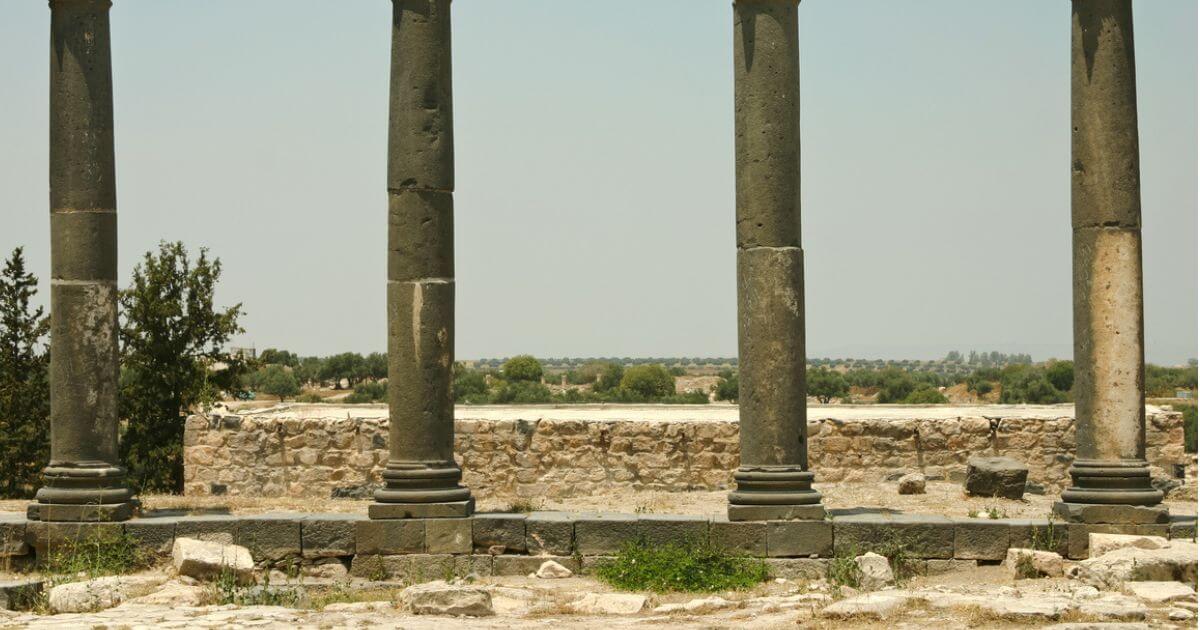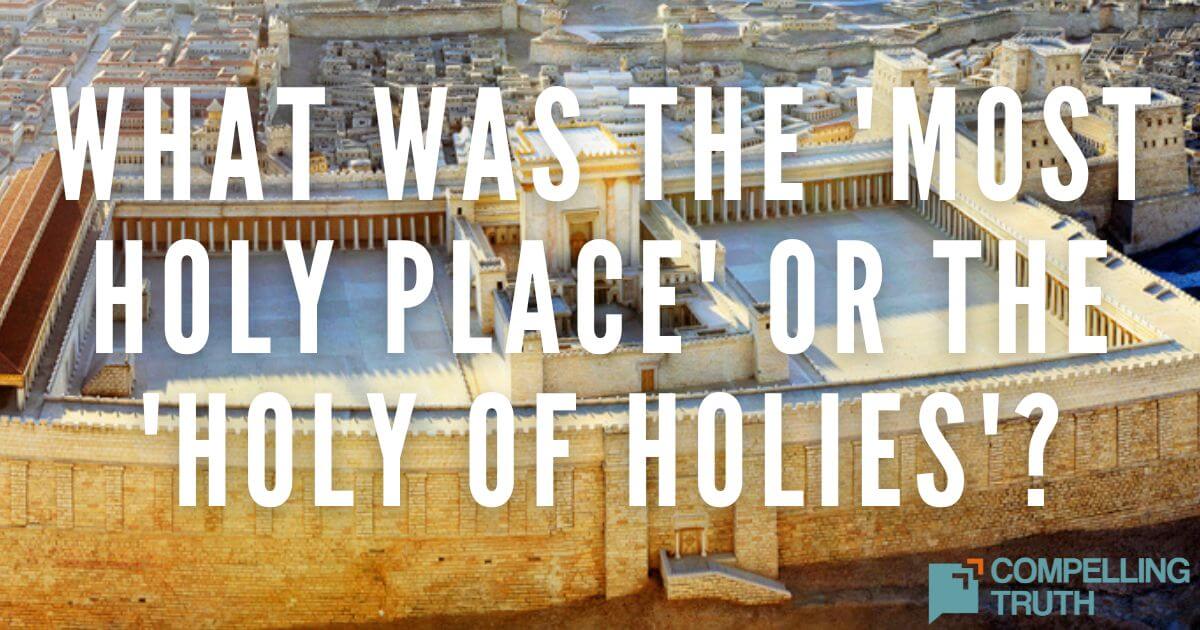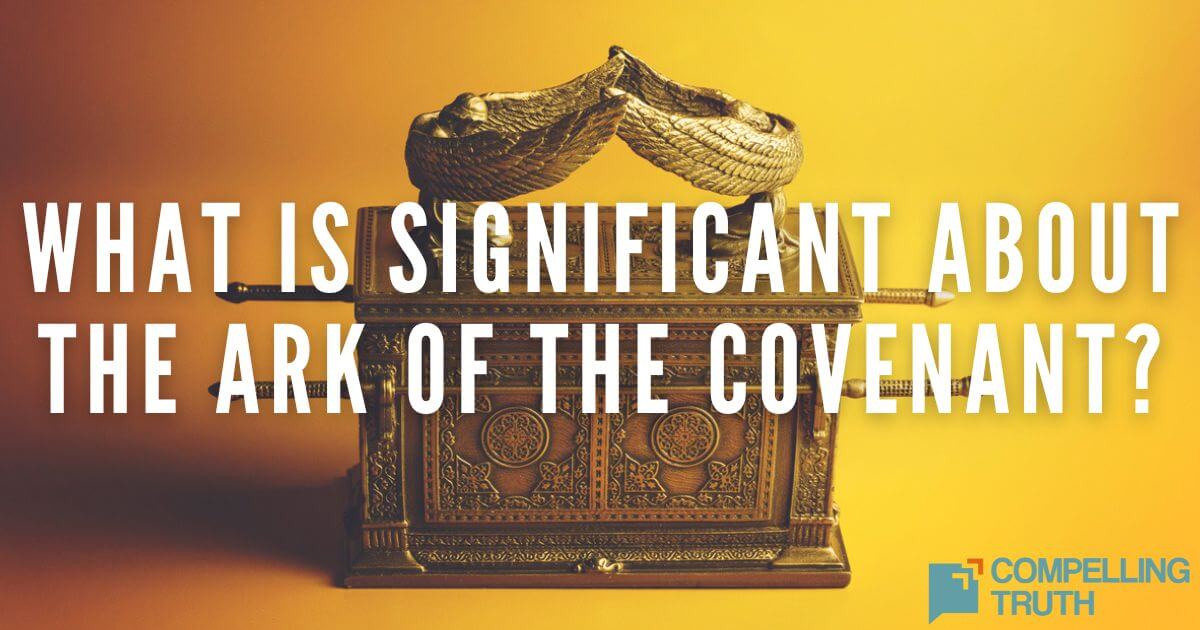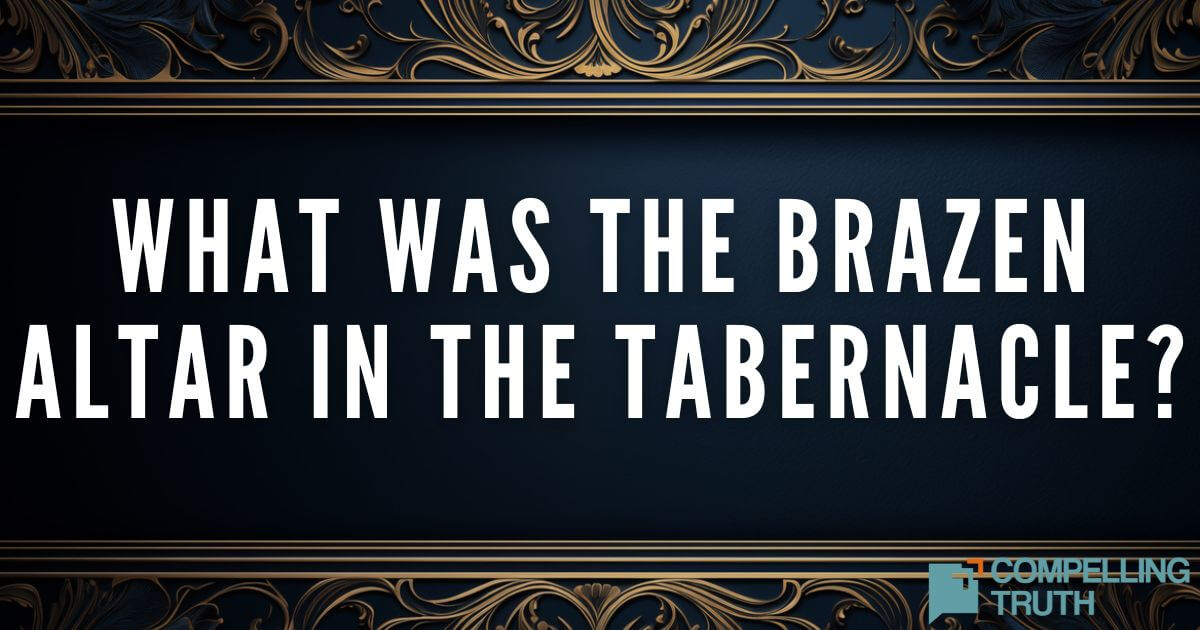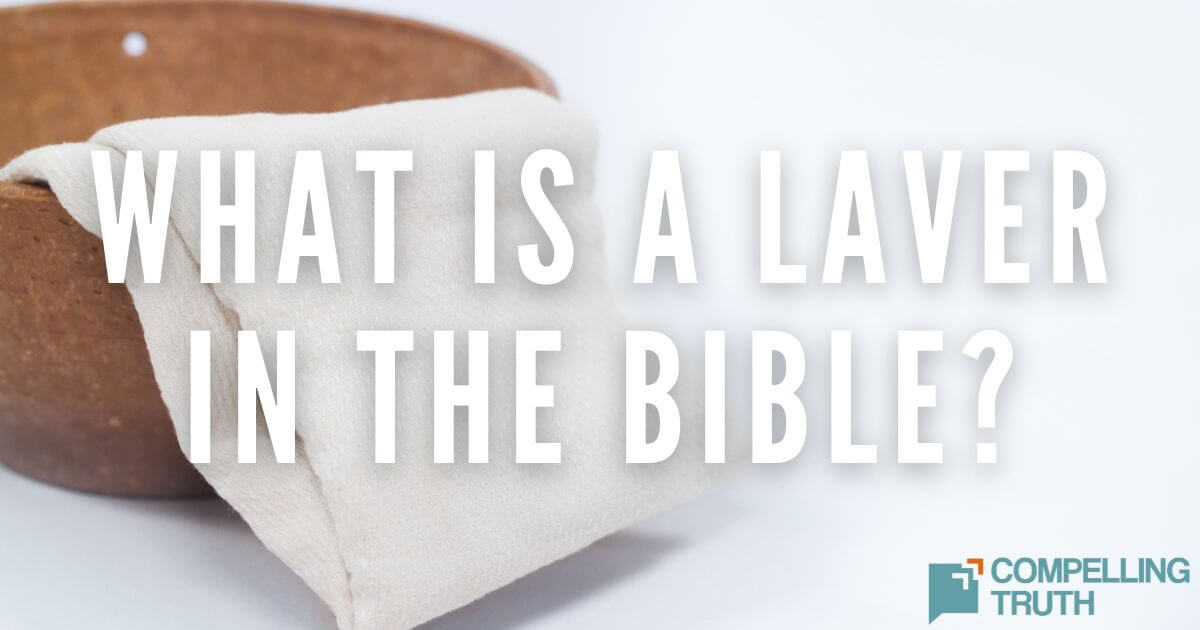Jachin and Boaz, the bronze pillars at Solomon's temple entrance, symbolized God's establishment and strength, a reminder of His faithfulness and promises (1 Kings 7:15–22). Crafted with intricate design by Hiram of Tyre, they glorified God's enabling power (Colossians 1:16–17). Named with specific meanings, Jachin and Boaz pointed to God's promises fulfilled (Exodus 15:13, 17). Today, the pillars of Jachin and Boaz teach us to honor God in all we do, acknowledging His faithfulness and deepening our relationship with Him.
The bronze pillars at the entrance of Solomon's temple, called Jachin and Boaz, served as symbols and reminders of God's faithfulness, promises, and character. They served as more than mere architectural features. Instead, they were tangible reminders of God's presence and His covenant with His people. The intricate design, meticulously crafted to bring glory to God, teaches us about dedicating our skills and talents to honor Him in all we do. Jachin and Boaz stood as physical representations of spiritual truths, constantly reminding the people of God's unfailing love and His power to fulfill His promises. Just as these pillars guided the ancient Israelites into worship and reflection, we, too, can incorporate symbols and reminders in our lives to continually acknowledge God's faithfulness, promises, and character, thereby deepening our faith and strengthening our connection with Him.
